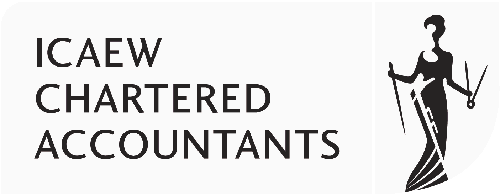UK and International Tax news
HMRC Issues Further Guidance On R&D Tax Reliefs
Friday 25th August 2023
HMRC has issued further guidance covering changes to R&D tax reliefs, its approach to claims and assurance work and in particular the new Additional Information form
From 8 August 2023, all companies making a claim under the SME Scheme or the large company RDEC scheme are required to complete an Additional Information form which must be provided to HMRC before the company tax return is submitted. If an Additional Information form is not submitted, HMRC will write to the claimant and confirm that their claim for R&D tax relief has been removed the company tax return.
The form asks for the claimant’s details inclding UTR, employer PAYE reference number, VAT registration number, and SIC code, contact details of the main senior internal R&D contact in the company who is responsible for the R&D claim, and any agent involved in the R&D claim.
The Additional Information form will be required for accounting periods starting on or after 1 April 2023 and must include details of the qualifying expenditure which can now include direct costs of cloud computing, storage, consumable items, materials, water, fuel and power, data licence costs, externally provided workers, payments to participants of a clinical trial, software, staff, and some subcontractor costs.
Activities which form part of a project but do not directly contribute to the resolution of the scientific or technological uncertainty may also be included in the R&D claim. These may include scientific and technical information services, insofar as they are conducted for the purpose of R&D support, such as the preparation of the original report of R&D findings. Indirect supporting activities such as maintenance, security, administration and clerical activities, finance and personnel activities, insofar as undertaken for R&D, may also qualify.
HMRC’s guidance also refers to costs in respect of ancillary activities essential to the undertaking of R&D, for example, taking on and paying staff, leasing laboratories and maintaining R&D equipment including computers used for R&D purposes. Further categories of costs of training required to directly support an R&D project, research by students and researchers carried out at universities, research (including related data collection) to devise new scientific or technological testing, a survey or sampling methods, where this research is not R&D in its own right, and feasibility studies to inform the strategic direction of a specific R&D activity may be included.
The Additional Information form will need details of the number of projects in respect of which expenditure is being claimed in the accounting period. Claims involving 1 to 3 projects require a description of each project covering 100% of the qualifying expenditure. For 4 to 10 projects, a description of at least 50% of the total expenditure, with a minimum of 3 projects described. For 11 to 100+ projects, a description of those projects that account for at least 50% of the total expenditure, with a minimum of 3 projects described. Where the qualifying expenditure is split across multiple smaller projects, a description of 10 with the most qualifying expenditure
Each project description should cover the following:
- The main field of science or technology
- The baseline level of science or technology that the company planned to advance
- The advance in that scientific or technological knowledge that the company aims to achieve
- The scientific or technological uncertainties that the company faced
- How did the project seek to overcome these uncertainties
- The tax relief and amount being claiming either as R&D tax relief, expenditure credit, or both, and what amount of the qualifying expenditure applies to each specific project.
The Additional Information form is to be submitted using the HMRC online facility.
If you would like further information on HMRC’s latest guidance, please contact Keith Rushen on 0207 486 2378.
Contact Us


